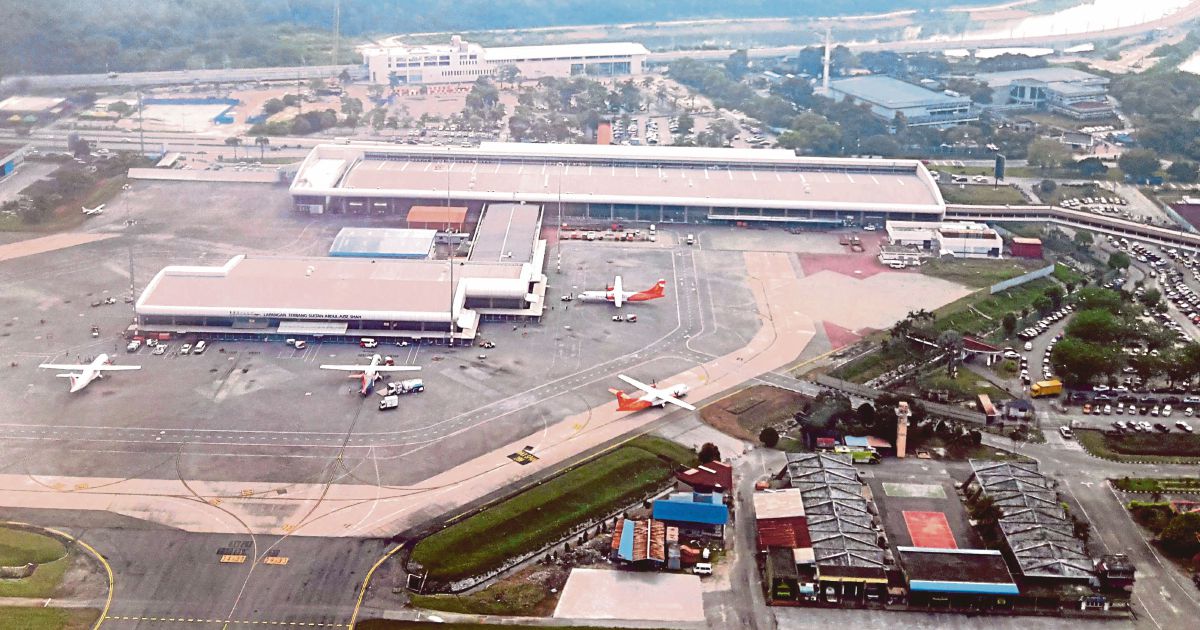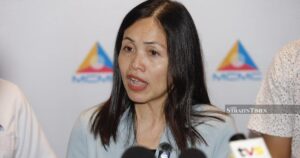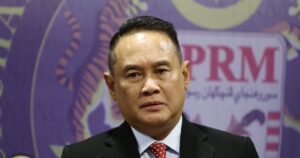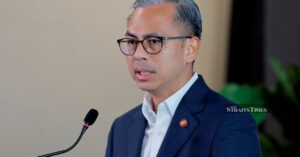KUALA LUMPUR: The Subang Airport Regeneration Plan (SARP) remains intact and on track, although it is currently facing limitations as the government awaits Malaysia Airports Holdings Bhd (MAHB) to decide on the next phase, said Transport Minister Anthony Loke.
He said despite perceptions that the project has lost momentum, the plan is still very much alive, with both local and foreign airlines continuing to express strong interest in operating jet services out of Subang Airport.
“It’s not that no airlines are interested in Subang Airport. Some media reports that Subang Airport’s jet operations cannot take-off. That is not true,” Loke told reporters at a press conference after chairing the National Aviation Consultative Council (NACC) 2025 meeting here today.
He added that the interest from carriers has always been present but infrastructure constraints and slot decisions have temporarily slowed down the momentum.
He said that an airline, which he did not name, has even talked about taking over the vacant slots left by another carrier, but approvals were still pending at the National Slot Coordination Committee (NSCC).
Currently, the only local carrier operating jets from Subang Airport is Batik Air Malaysia Sdn Bhd, which recently expanded its network with new services to Bangkok and Kuching.
Foreign carriers that are flying from Subang Airport includes Singapore’s Scoot Pte Ltd, Indonesia’s PT TransNusa Aviation Mandiri (TransNusa) and Cathay Pacific Group’s low-cost carrier, HK Express Airways.
When asked if the available slots would be given to foreign carriers, Loke said approvals must be carefully managed although there are interests.
“We have to prioritise our local airlines first. Of course, there are foreign airlines that are interested, but we cannot simply allow Subang Airport to become a feeder airport for other international hubs,” he said.
Loke added that the SARP’s mission is for Subang Airport to become a premium city airport, complementing Kuala Lumpur International Airport’s (KLIA) role as a regional hub.
He said Subang Airport’s current limitations include shortage of aircraft bays, restricted operational hours and capped jet frequencies at one jet per hour.
“The current infrastructure cannot cope with too many flights. That is why some airlines might find it difficult to operate in such an environment.
“If we can give the slots and the infrastructure, I’m sure Malaysia Airlines Bhd will also look at that,” Loke said.
Malaysia Airlines’ sister company FlyFirefly Sdn Bhd had recently relocated its jet operations to KLIA Terminal 1 while low-cost carrier, AirAsia had also moved to KLIA Terminal 2.
Loke said the original SARP blueprint remains valid with plans to expand the terminal to be capable of handling up to eight million passengers annually.
The expansion would also allow more slots to be granted and broaden the base of operators.
Phase One of the SARP project has already been completed, while Phase Two is pending a final decision by MAHB’s new board following the airport operator’s recent privatisation.
“As far as the Transport Ministry is concerned, the Cabinet had already approved the SARP two years ago.
“But the actual implementation is up to MAHB,” Loke said, adding that the decision is a board-level decision for the airport operator.
© New Straits Times Press (M) Bhd





